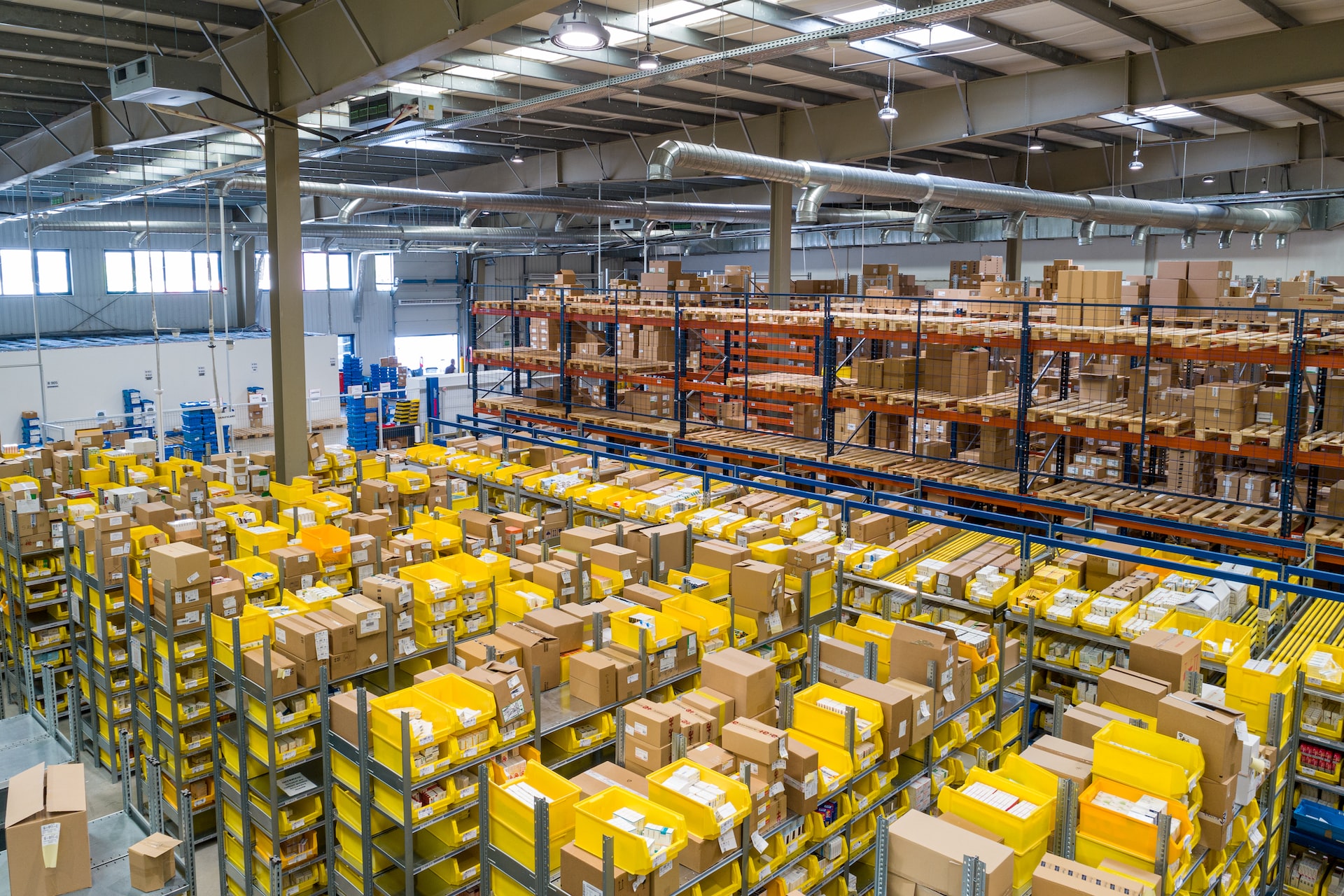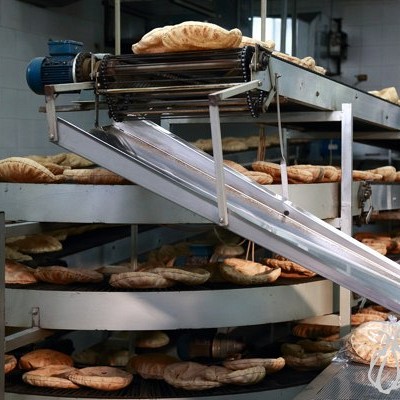Warehouses are a critical part of the supply chain. Good warehouse organization is vital for efficiency, productivity, and profitability. It also helps reduce maintenance costs and avoid potential health and safety problems from a disorganized warehouse.
According to an industry report, companies worldwide spend around $385 billion annually to keep warehouses running smoothly. This doesn't even include the additional costs of correcting errors.
Often, costly logistical problems that impede the smooth flow of goods are only detected long after they occur. So knowing better warehouse organization techniques in advance can help prevent problems.
That's why we're presenting 8 practical warehouse organization tips that will help you improve operation efficacy. This way, you can offer quality services to customers looking for warehousing services near me.
1. Optimize The Space
Proper use of available space keeps your storage costs down and increases efficiency. So if your warehouse has limited space, it makes sense to use every inch. One way to do this is to use vertical space for storage. Use mezzanine floors, pallet racks, and high shelves to create more space.
Also, review space usage regularly to ensure all items are easily accessible and improve efficiency. Check inventory and remove items that are taking up unnecessary space.
2. Keep Things Organized With Labels and Signage
Labels and signage are necessary for proper labeling. Well-labeled items can be located and moved easily, reducing the time needed and increasing productivity.
Label the work areas and inventory to ensure people store them in the right place. This is especially true if you're using temporary Staff who need to become more familiar with the layout.
Use visible labels and use a uniform labeling system. You can use a colored, barcode, or alphanumeric labeling system. These systems make it easier to find items and prevent errors such as misplacement.
Signage increases the safety of employees. They warn them of potential dangers like heavy traffic or low-hanging ceilings. Ensure that signs are placed strategically.
Update the labels regularly, as they can damage or fade over time. Add new signs to ensure workers receive accurate information.
3. Change Warehouse Layout
A good warehouse design is unique and tailored to the needs of your business. First, you need to ensure the layout allows ample storage and the movement of Staff and goods. A good layout should allow efficient movement throughout the warehouse.
Accessibility is another factor to consider. All items should be as accessible as possible without unnecessarily moving other items. This ensures that Staff can easily retrieve goods, which avoids downtime and increases productivity.
One of the best layouts is the systematic layout design. The stock is organized according to demand, frequency, and size. This way, workers need much less time to find the items, which improves productivity.
4. Implement The ABC Analysis To Manage Stock
The ABC analysis is a system that classifies items as classes A, B, and C. The goal is to assign the right items to the right places and avoid the least moving items taking the place of the most frequently moved items.
Class A includes items with high demand. Frequently restocked are kept in an easily accessible area. Class B items, on the other hand, are medium-demand items. They should be kept in an area that is easily accessible but less disruptive to class-A items.
The third class, B, contains low-demand items. Because they need to be replenished less frequently, these items can be stored in less accessible areas.
Other important organizational systems for the impact warehouse include the FIFO (First-In, First-Out) system. This system gives priority to old goods during loading. It reduces damage to items and improves efficiency.
5. Use Cross-Docking System
You can also try the cross-docking system. This system is gaining popularity among those who deal in high-demand products that are moved and out frequently. They're sourced from the manufacturer and loaded directly for delivery to the customer without entering the warehouse.
The system ensures less effort, faster delivery, and better use of warehouse space for items that will remain in the warehouse for a while. By moving high-demand items out of the way, Staff can better focus on other items that aren't in such high demand.
6. Constantly Train Staff on Warehouse Organization and Efficiency
Employees need to be trained in the latest efficient work procedures and safety practices to increase productivity in the warehouse. By ensuring that your staff is well-trained, you can minimize errors and boost their morale.
Educating warehouse workers about the risks associated with working in such an environment is important. Training should also cover the safe use of machinery, packing and unpacking goods, and keeping stock records.
They should also be trained in communication and teamwork. Without cooperation and coordination, streamlining work and achieving high effectiveness isn't easy.
7. Streamline Receiving of Goods
How inventory is received in the warehouse is critical to the inventory process and the organization of the warehouse. If the incoming items aren't handled properly, it upsets the whole process.
It's important to facilitate the receiving process to increase efficiency and productivity. Here are some tips on how you can optimize the receiving process:
- Establish clear procedures for receiving items
- Automate the receiving process use scanners and inventory management systems
- Check incoming inventory to weed out damaged items and make sure there are no irregularities
- Establish a staging area where incoming inventory can be organized and checked before storage
- Inform suppliers of current receiving procedures to ensure you're on the same page
- Provide staff with useful tools for sorting incoming goods
- Ensure that the goods receiving area is always clean
- Instruct quality control officers to identify problems in the process and correct them at an early stage
8. Embracing Technology
Technology makes handling various warehouse tasks easier. Using the right technology can help avoid errors, reduce operating costs, and increase efficiency. You can do this with common warehouse management systems (WMS).
This software has many functions that make warehouse operations easier. These include receiving, inventory management, order processing, and shipping. It allows you to track stock in real-time, preventing out-of-stocks and overstock.
There are many technologies that help automate storage, reduce the need for manual labor, and optimize space requirements. These technologies increase productivity and allow companies to be more responsive to their customers' needs.
Conclusion
Good warehouse organization is important to reduce operating costs and increase productivity. These tips will help you improve workflow, reduce errors and become more profitable. Whether running a new warehouse or simply looking for ways to optimize your warehouse, use these tips to help you achieve your business goals.





































